Black Combtooth Blenny
$19.99
-
Select Variant
The Black Combtooth Blenny - also called Namive's Blenny Tribal Blenny or Yellowtail Black Blenny is not often seen in the aquarium hobby. The addition of one to your reef aquarium might create a little blenny jealousy among your friends!
Effective in controlling microalgae on corals and live rock These reef-safe herbivores have lots of character, hopping from perch to perch within the rocks. The coloration of the body shifts from a predominantly blackish-purple body to an electric indigo body and yellow-white tail.
In the natural world, they are typically found in shallow reef flats. However, they can also be found in estuaries as well as outer reef lagoons up to 60 feet in depth. Combtooth Blennies are named for their distinctively tiny teeth - which are around 100! They're located in their lips, instead of their jaws. They use their teeth to remove algae from aquarium glass and rocks.
Typically, they are found in crevices and rocks at the bottom of their habitat The Black Combtooth Blenny needs a tank that is at least 30 gallons, with plenty of live rocks scattered to hide and perch. They are usually tranquil, however, they can become territorial to other species within the same Genus.
Its diet must consist of vegetable matter, such as frozen and dried food items that contain blue-green and marine algae. It also feeds on (and aid in controlling) algae that grow inside the aquarium.
The approximate size of purchase is Small 1" 2" Medium 2" to 3" Large 3" to 4"
- Description
- Additional Information
- Reviews
General information on Black Combtooth Blenny
In the natural world the most common place they're located in shallow reef flats. They can also be found in estuaries as well as outer reef lagoons that are up to 60 feet in depth. Combtooth Blennies are named for their distinct tiny teeth - around 100! They are located in their lips, rather than in their jaws. They use their teeth to scrape algae off rocks and aquarium glass. They are typically found in crevices and rocks that lie beneath their surroundings and the Black Combtooth Blenny are generally tranquil, but they can become territorial to other species within the same Genus. They are useful in controlling microalgae that grow in live corals and rocks These reef-safe herbivores have lots of character, hopping from perch to perch within the rocks. The coloration of the body shifts from a predominantly blackish-purple body to an electric indigo body and yellow-white tail. These reef aquarium fish might cause blenny envy among friends!
size
Large, Medium, Small
Units
1
Weight
6 lbs
Dimensions
1 × 1 × 1 in

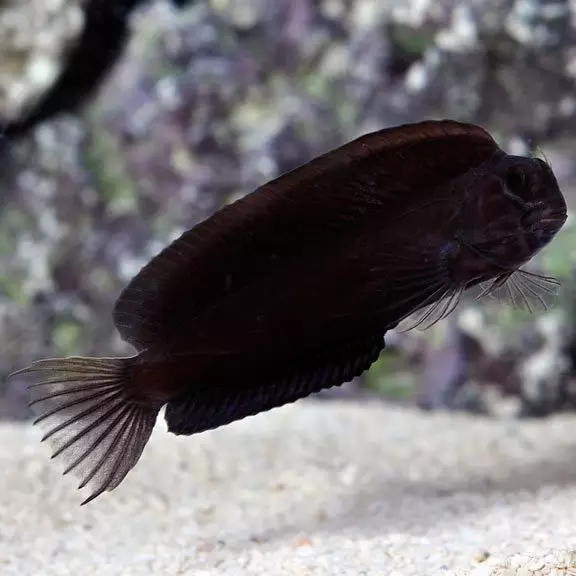

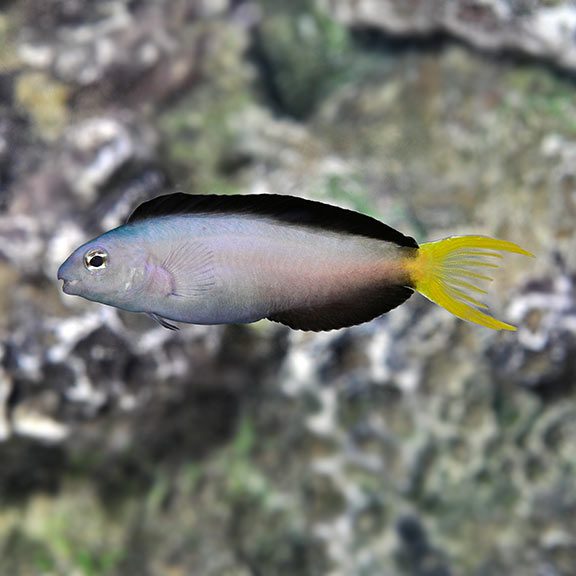
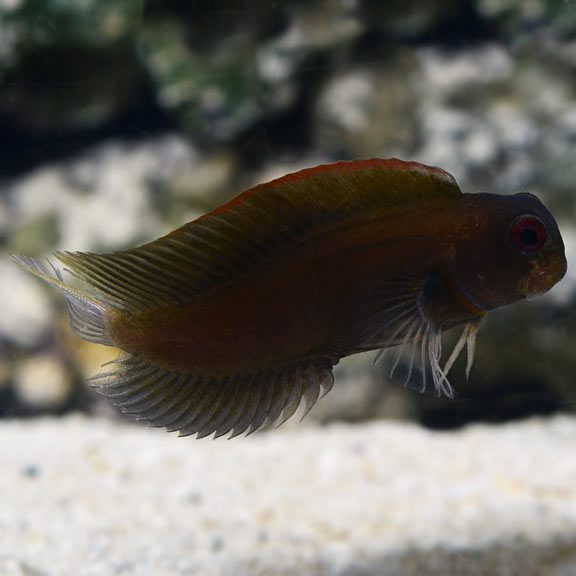
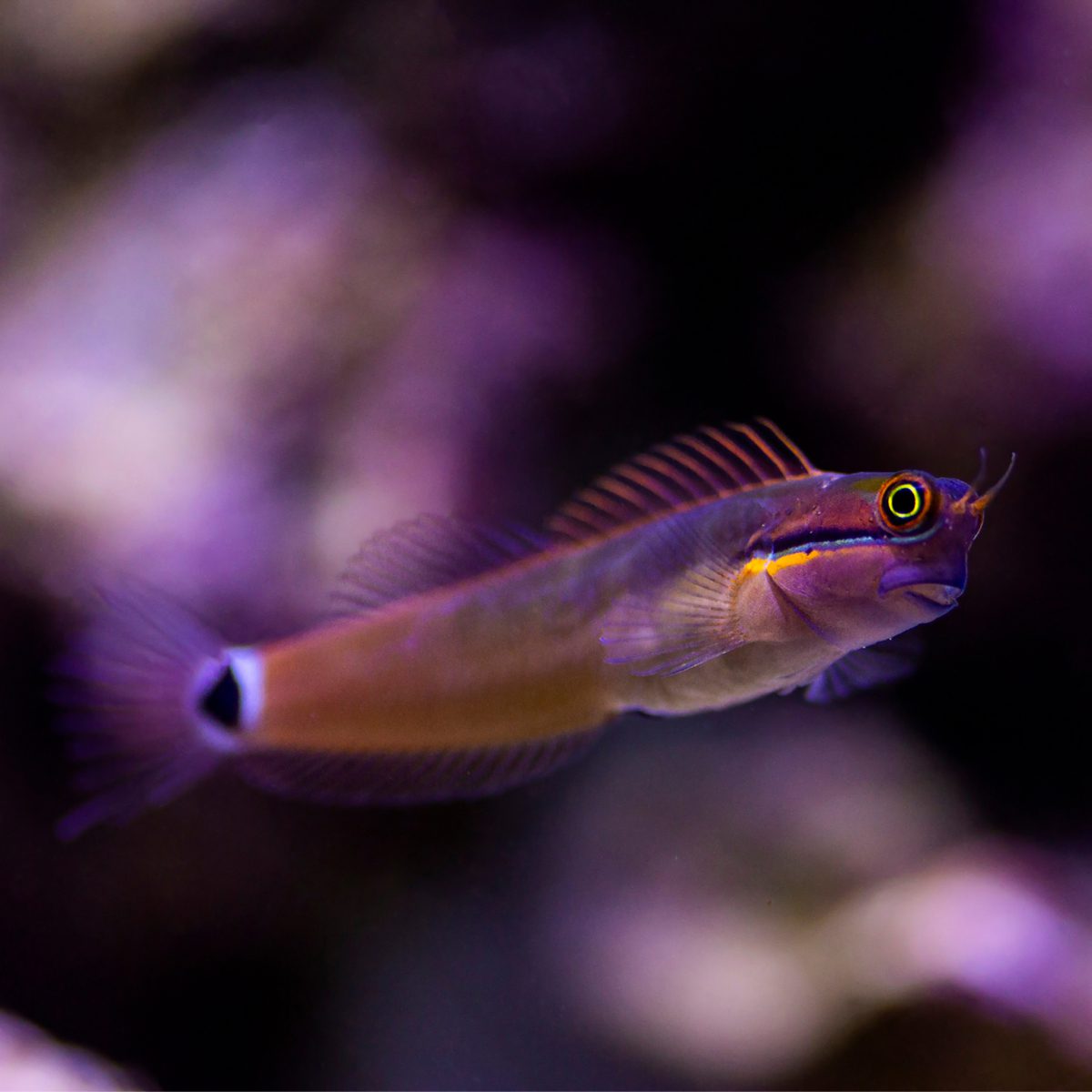
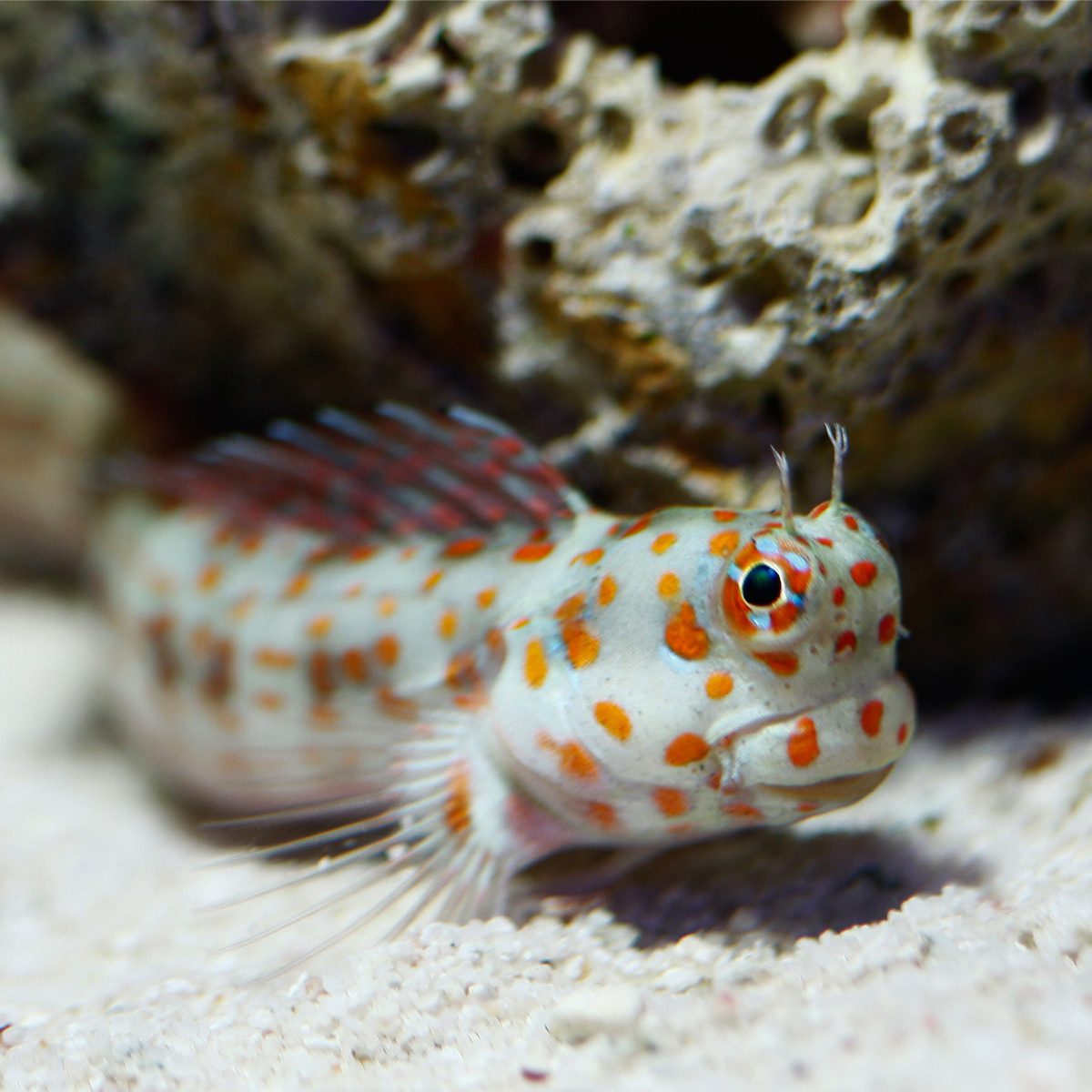
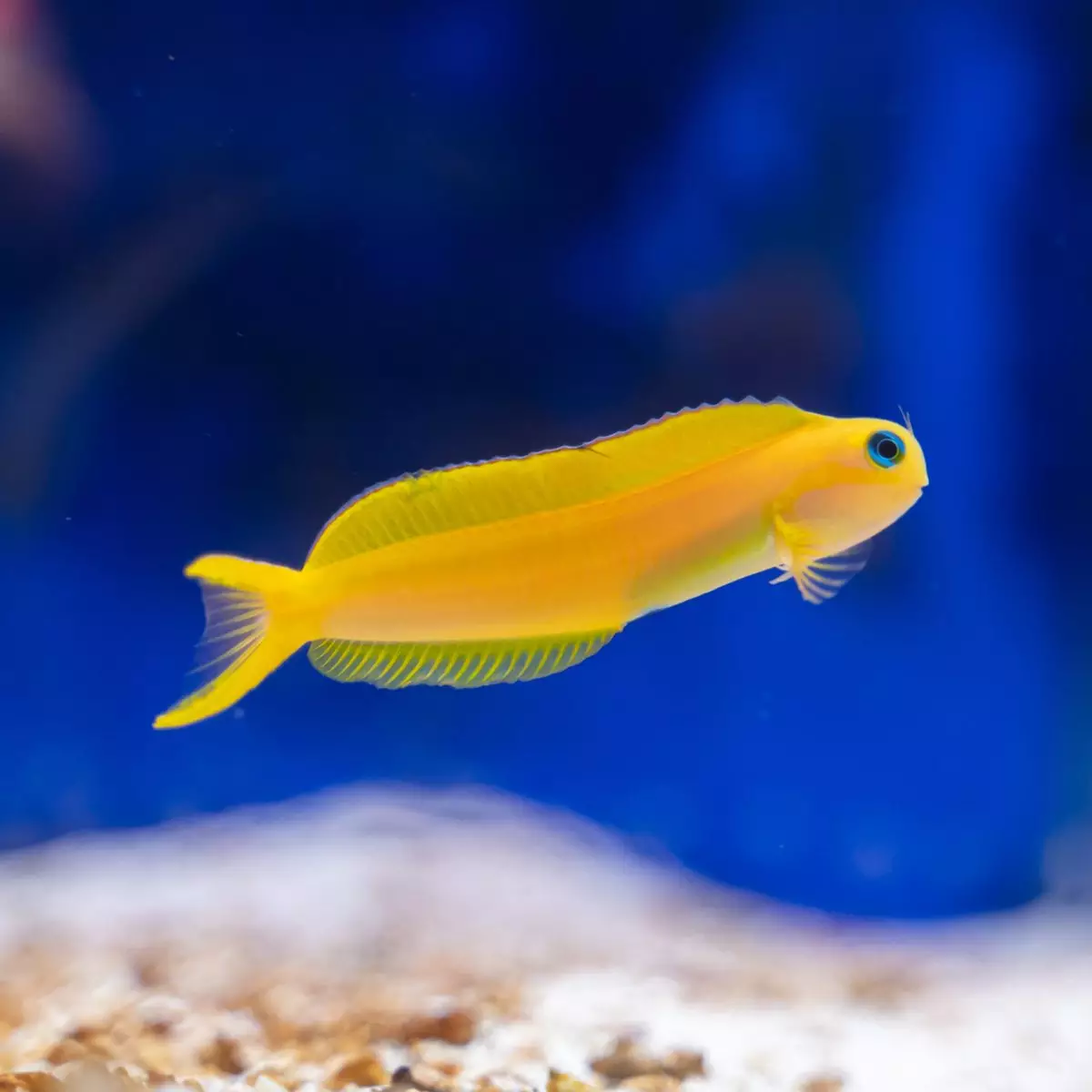


Reviews
There are no reviews yet.